

|


|
Tamiya M26 Pershing - RTR - # 23618
|
Released by Tamiya on March 1, 2005, the M26 Pershing - US Medium Tank T26E3 (# 23618) is the Factory Finished, Limited Edition RTR version.
A front-mounted double gearbox, with two electric motors, operate together or individually to produce forward/reverse running and pivot turning. Metal torsion bars and suspension arms combine with the wide tracks to smoothly absorb bumps and dips in the terrain and provide high manoeuvrability. In addition, realistic engine sounds accompany the tank as it starts up, drives and stops to idle. The main gun can be elevated, depressed and swung to the left and right.
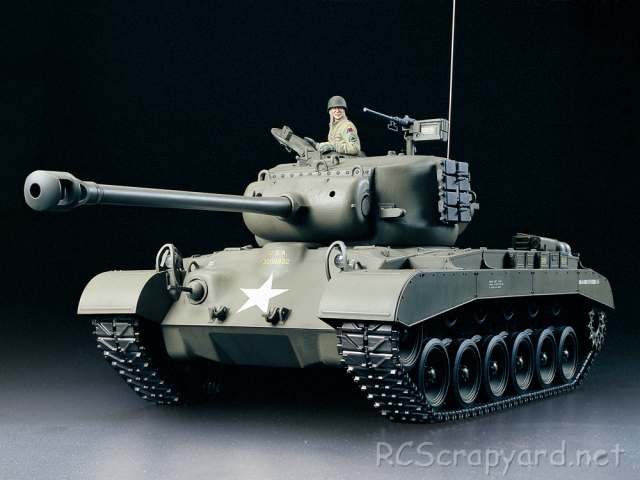
The M26 Pershing was a heavy/medium tank of the US Army. Named after General John J. Pershing, famous for his exploits in World War I. It was briefly used in the final months of World War II during the Invasion of Germany and extensively during the Korean War.
Intended as a replacement for the M4 Sherman, the prolonged time of development meant that only a small number saw combat in the Europe, most notably in the 9th Armored Division's dramatic dash to take the Ludendorff Bridge during the Battle of Remagen. In service during the Korean War, the M26 outmatched the T-34-85 in terms of firepower and protection, but was challenged by the hilly and muddy terrain and as a result was withdrawn in 1951. The lineage of the M26 continued with the M47 Patton and was reflected in the new designs of the later M48 Patton and M60 Patton.
This model comes with metal bushings, that after a short while, when dust and grit get into them, can actually wear into the metal drive shafts that spin in them - we recommend these should be replaced by a full set of steel shielded ball bearings ASAP.








|
|
|

|
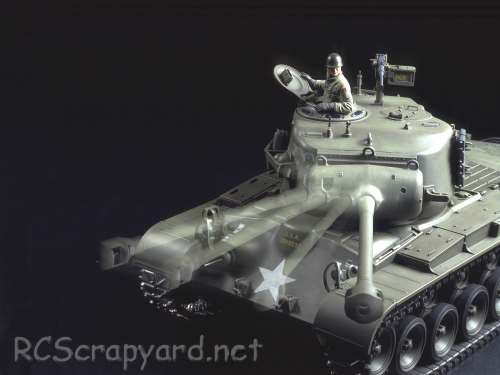
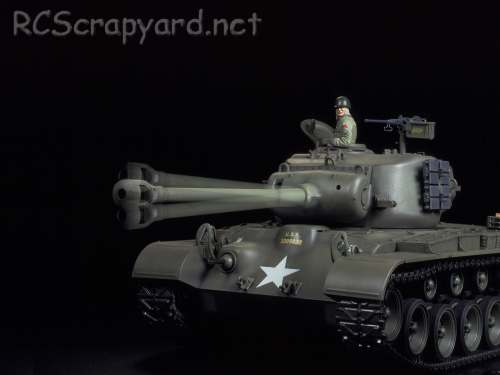
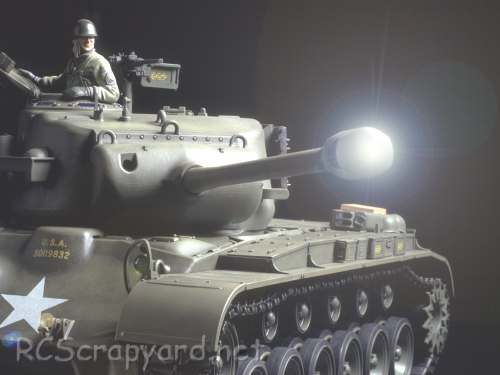
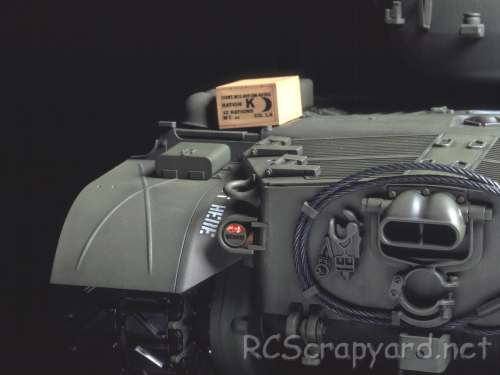
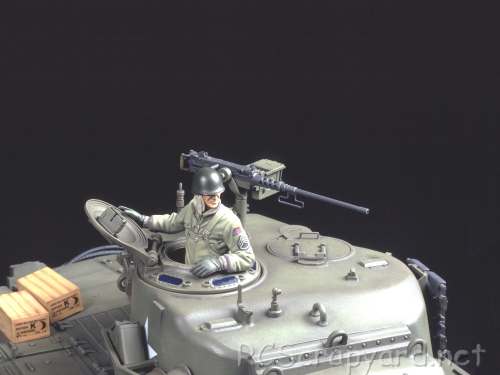
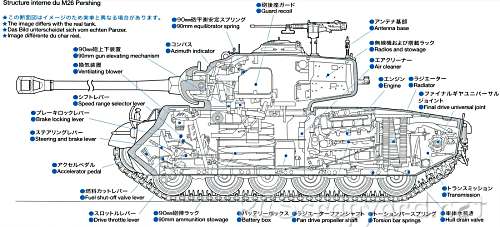
|
Hints, Tips and Information
How to avoid Radio Interference
1/ The first consideration when installing your Receiver into your Electrically Powered Model is to make sure it is well away from the Negative Battery terminal, and the Motor. The Magnetic field can cause stuttering type interference at times of high current draw (i.e., Fast Acceleration) |









|






|
|
|
|
Hints, Tips and Information
My First National
When I first started in RC, way back in the late 1980s, I would turn up to the weekly club meeting, with my Tamiya Boomerang, Acoms transmitter, two sets of crystals, a couple of 7.2v batteries, a charger and a tool box with a wheel spanner and a few spares. |
Information and AdviceElectronic Speed ControllersHistory
ESC were originally developed to be used in conjunction with brushed 27T stock and modified motors in the late 1970s, early 1980s. Compared to modern day Controllers, they were Bulky and heavy, constructed using basic resistors, rheostats, capacitors and transistors, crammed together on a simple circuit board, to provide stepped but smooth acceleration when compared to the old mechanical, servo operated sweeper Speed Controllers. An Electronic Switch to change the direction of current flow was used on some of these early ESC to give reverse operation. Although they were a vast improvement on the old mechanical speedos of the time, they were expensive, jerky to control, and prone to burn out if not carefully looked after. |
|
RC Models:
|
Radio & Motors: |
Other
Accessories: |